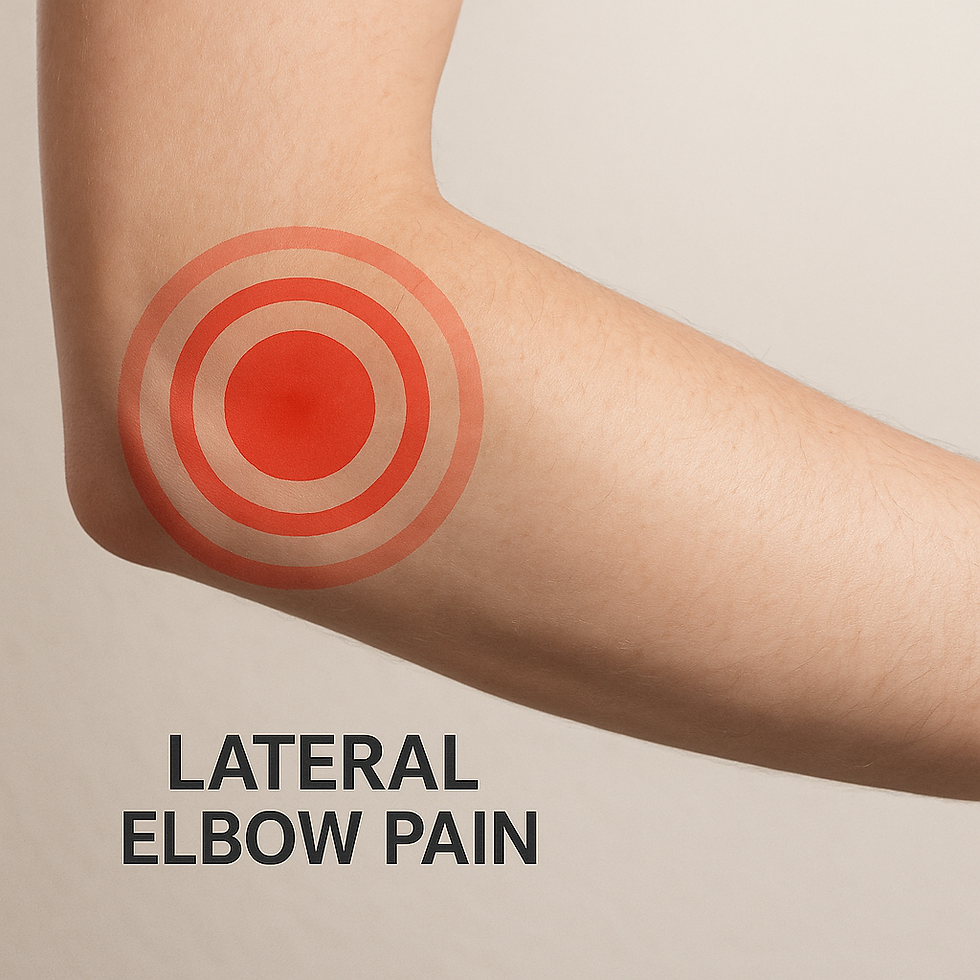The Shoulder – Grip Link
- Will

- Feb 14, 2022
- 2 min read
Everything is connected to everything else right?
The wrist bone is connected to the hand bone, you know, the thing!
Sometimes your shoulder problem isn’t simply a shoulder problem. If you’re any type of barbell athlete, your grip is everything. A correct AND strong grip has been show to increased rotator cuff activity.
You grip has a profound influence on your shoulder involvement in exercise and daily activities.
Gripping an object drives a massive neurological connection with the rotator cuff.
Sometimes called “anticipatory stability”, the brain figures that if you’re gripping an object your shoulder will also be utilized in manipulating whatever the object is. The brain works to ramp up the involvement of the shoulder musculature to improve function and diminish the chance of injury.
If you’re benching, doing a pullup, or deadlifting you must grip the bar correctly. If you are performing general strength training movements you want to wrap your thumbs under the bar, like you’re making binoculars with your hands or the number zero, you want to leverage your thumb as much as possible.
No suicide gripping (thumb on the top side of the bar) is allowed. You can’t leverage the grip/shoulder connection and the risk of injury goes up i.e. dropping a bar on yourself, flinging yourself off the pull up bar.
A strong and correct grip spikes neural drive throughout the system.
Increased neural drive means the body’s overall readiness for movement performance is increased. This is an adaptation where the nervous system is communicating more effectively and efficiently with the tissue and your ability to produce greater force increases. When you grip well, you increase neural drive.
Grip strength balances the use of ALL the shoulder muscles.
Gripping appropriately helps to activate the rotator cuff while also dialing down the activity present in the anterior and middle portions of the deltoid. The deltoid and the rotator cuff work to create a force couple in the shoulder. A force couple is a combination of 2 or more lines of force that create a resultant motion. If the deltoid has become too dominant it prevents the rotator cuff from providing the appropriate level force to couple correctly.
Typically, when this happens a patient will experience an impinging impingement (pinching) in the shoulder when performing certain movements.
Why even care what a force couple is? The couple balances the forces produced by each muscle group resulting in a balanced effort throughout the motion. This creates stability.




Comments